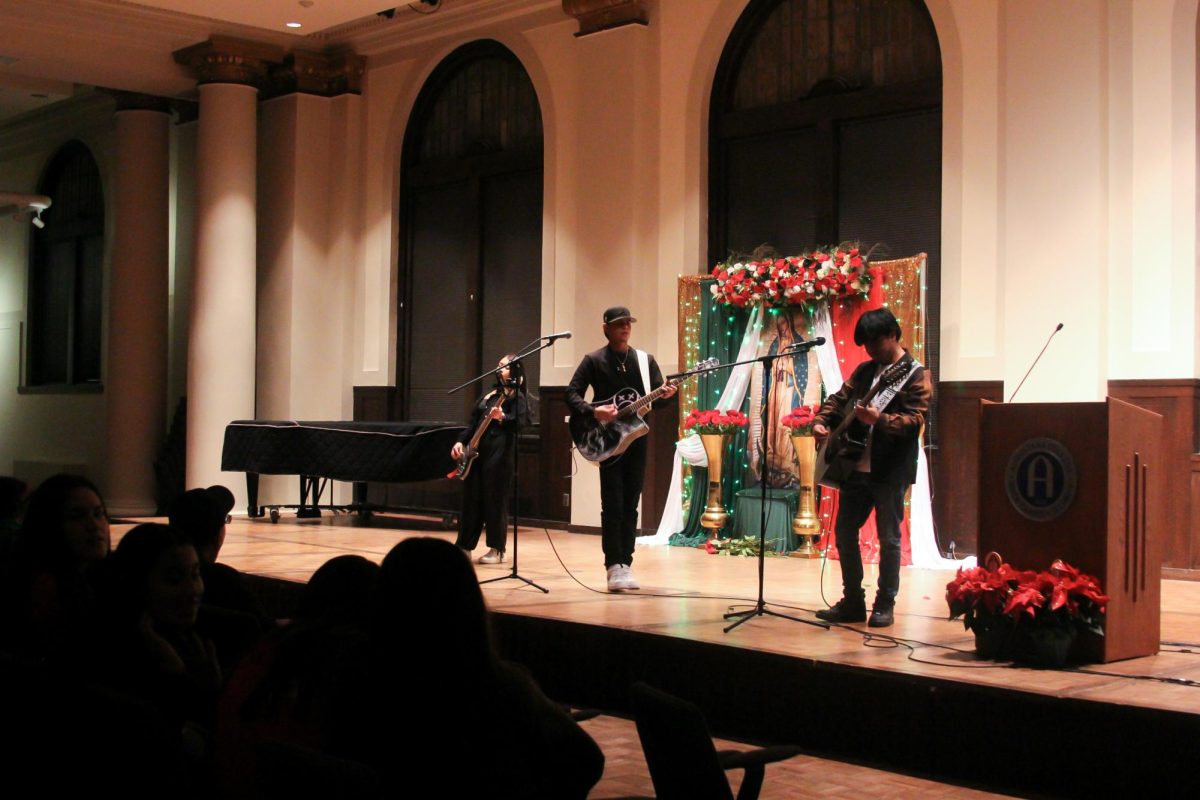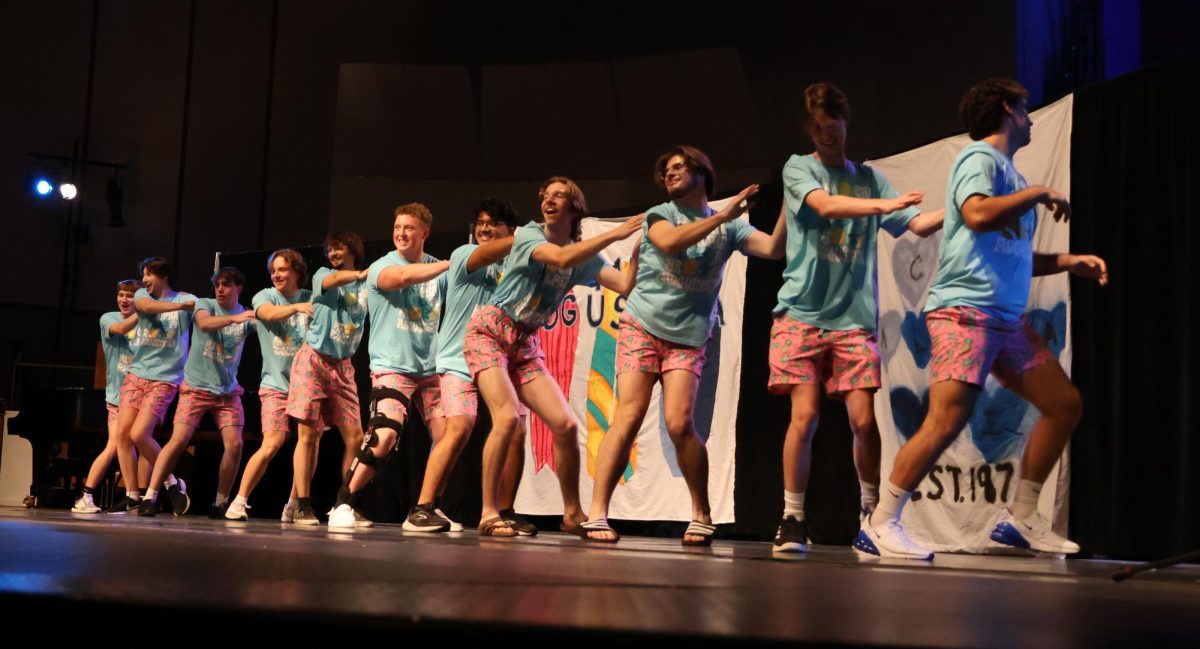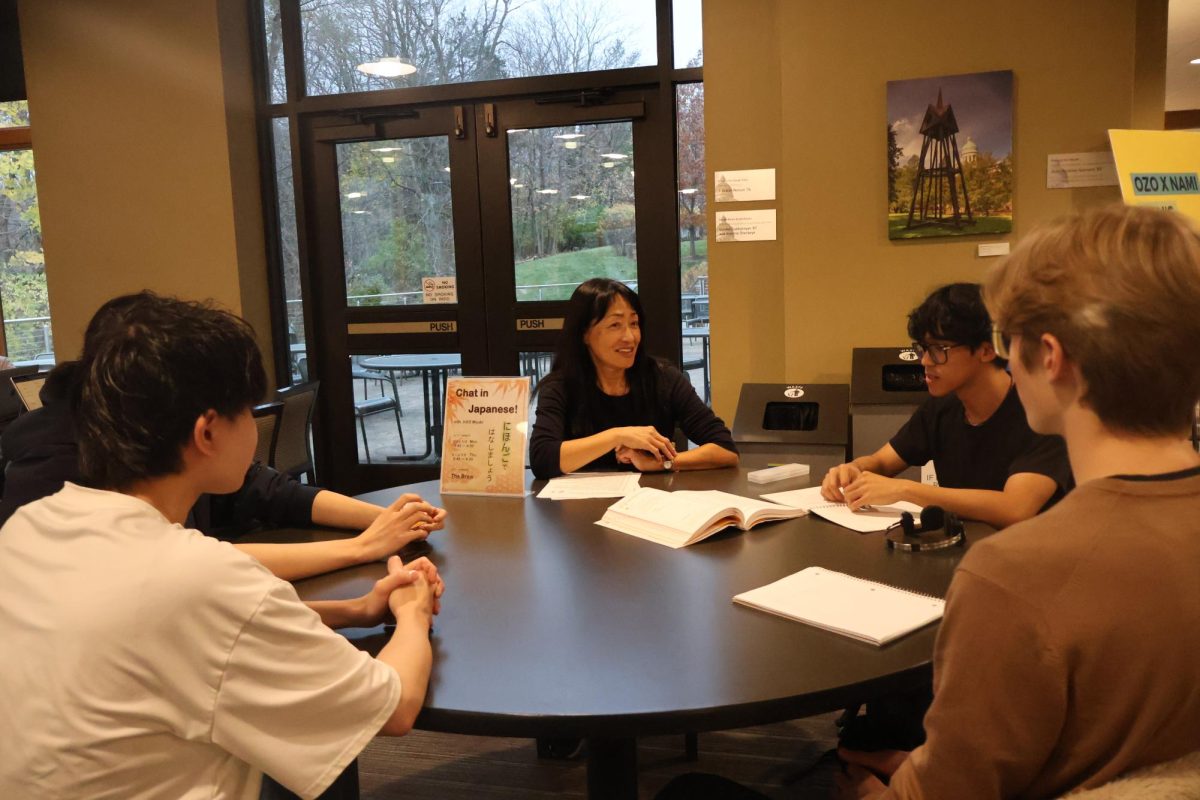If you talk to any college student long enough, you’ll probably come upon a band that makes them roll their eyes, snort, and refer derisively to their “middle-school phase”. Or maybe it was a “high-school” phase. Or maybe it was a “last year from the months March to June after that tough break up” kind of phase. Whatever it may be, there’s a miraculous understanding in the collective millennial subconscious that sympathizes with our peers whenever they return to the Jonas Brothers, or My Chemical Romance, or Hannah Montana, or whatever your personal sonic equivalent of a pint of Ben ‘n Jerry’s may happen to be. The science backs it up too, as an article called “Neural Nostalgia” by Mark Joseph Stern at Slate Science points out, researchers have found that our brain connects us with the music we heard as teenagers in a much stronger way than it ever will when we’re adults. But maybe that’s a bond we shouldn’t always indulge.
It seems self-evident if you think about it. There’s no way the average college student’s brain has as strong of a synaptic bond built between even the words to the National Anthem as it does to, say, the entirety of the lyrics to Smash Mouth’s “All-Star”. Go ahead, see how long it takes you to recall the first few words of each, I’ll bet money “somebody once told” pops up faster than “oh, say can you” at least nine out of every ten times. Even as our brain develops past adolescence, our music taste at that time is going to leave a little trapdoor in our brain to go straight back, a quick hit of nostalgia that the new songs don’t give because they “just don’t sound like they used to”.
Beyond the nostalgia, those songs are going to impart a sense of identity. As is common knowledge at this point, few are less confident in their identity than the average American teenager. So, cultural influencers like music are going to become attached to a teenager’s very identity faster than an adult would conflate the two. For example, just think about the difference in the representation of the status of fan. Adult fans may discuss the work of artists’ they like, see shows, or purchase some merchandise, while adolescent fans tend to have a more dedicated approach, to emulate the look and style of favorite artists’ and engage in frequent online dialogue about them. The entire Scene community could be an example, or the weird world of Stan Twitter, as ironic or earnest as it may be. The point is, when we’re teenagers, the way we interact with music has more to do with building our identity, making its effects long lasting.
Now, none of this is inherently bad, everyone should engage with and enjoy music whatever way they want to. The only thing that’s unfortunate is that teenagers, while usually known for their adeptness at expressing their feelings and finding media that helps them do that, aren’t all that open-minded when it comes to music. Sure, it scratches an itch for me, but I’m not particularly proud I know several Bowling For Soup albums front to back. (If you don’t know who that is: they did the Phineas and Ferb theme song or songs with names like “Hooray for Beer”, you probably have an uncle who thinks they’re rad.) That’s not a discography I really want to return to, nostalgia or no. “1985” gets a special exception.
The result here is that it becomes harder and harder to branch out musically as we get older. Every year we get closer to the “back in the old days” grumbles of our parents that we found so woefully out of touch growing up. So let’s start listening to things outside of our nostalgia comfort zone and the genre barrier it can create. Look up a new genre or artist, ask friends what they’ve been listening to, and try out the discovery playlists on Spotify. (Apple Music users, I don’t know how to help you.) After all, if the Jonas Brothers’ “It’s About Time” was enough for you to build an identity on at 14, just imagine what you could hear from a new, fresh album.
Categories:
Editor’s Columnn: Branching Out
March 25, 2019
0
More to Discover






































































































